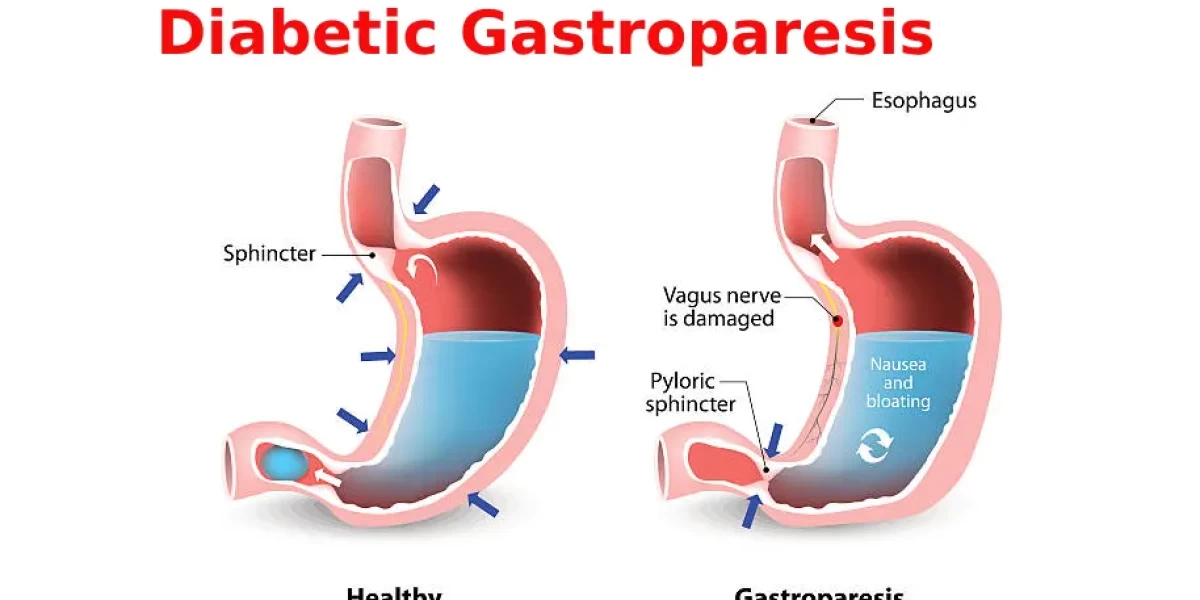Introduction
Bacterial meningitis, a serious and possibly fatal infection, impacts the protective layers surrounding the brain and spinal cord called the meninges. This disease can strike swiftly, leading to devastating consequences if not identified and treated promptly. Raising awareness about bacterial meningitis is crucial for early detection and intervention, which can significantly improve outcomes and save lives. Understanding the symptoms, causes, and treatment options for bacterial meningitis empowers individuals and communities to take swift action, potentially preventing severe complications or fatalities.
What Is Bacterial Meningitis?
Bacterial meningitis is an acute inflammation of the meninges caused by bacterial infection. This condition is a medical emergency due to its rapid progression and potentially fatal outcomes. The bacteria invade the bloodstream, crossing into the central nervous system and causing inflammation of the brain and spinal cord's protective membranes. If untreated, bacterial meningitis can lead to severe health complications, including brain damage, hearing loss, or even death. Early diagnosis and treatment are critical, highlighting the importance of recognizing symptoms and seeking immediate medical attention.
Signs and Symptoms of Bacterial Meningitis

Bacterial meningitis crashes into someone's life with sudden and severe symptoms that can easily catch anyone off guard. The most prevalent signs include a sudden high fever, a pounding headache, and an intensely stiff neck. These symptoms usually appear rapidly, making it essential to recognize them quickly. Other common symptoms include nausea, vomiting, heightened sensitivity to light (photophobia), confusion, and drowsiness. In infants, it can present differently, with signs like irritability, poor feeding, and a bulging fontanel. The rapid onset and intensity of these symptoms highlight the critical need for immediate medical attention to prevent severe complications or even death.
Causes and Risk Factors of Bacterial Meningitis
Bacterial meningitis can be triggered by several types of bacteria, with the most common being Streptococcus pneumoniae and Neisseria meningitidis. Streptococcus pneumoniae is often linked to respiratory infections such as pneumonia or sinusitis and can lead to pneumococcal meningitis. Neisseria meningitidis causes meningococcal meningitis and is notably contagious, which can result in outbreaks in communal living environments like dormitories or military barracks. Certain risk factors elevate the likelihood of contracting bacterial meningitis, including being very young (infants and young children), having a weakened immune system, and living in close quarters with others. Additional risk factors include specific medical conditions, such as head trauma or surgical procedures involving the brain or spinal cord. Understanding and managing these risk factors can be vital in preventing the onset of bacterial meningitis.
How Is Bacterial Meningitis Diagnosed?
The diagnosis of bacterial meningitis involves a series of critical steps to ensure timely and accurate identification of the infection. Initially, healthcare providers perform a thorough physical examination, focusing on neurological signs that may indicate meningitis. They assess the patient's medical history to identify any potential exposures or risk factors. Key to the diagnostic process is the lumbar puncture (spinal tap), where a sample of cerebrospinal fluid (CSF) is collected and analyzed. This test is pivotal, as it reveals the presence of bacteria, elevated white blood cell counts, and increased protein levels, all indicative of meningitis. Other laboratory tests, such as blood cultures, can help identify the specific bacteria causing the infection. Imaging tests like CT scans or MRIs may be used to detect complications or rule out other conditions. The swiftness of this diagnostic process is crucial, as a prompt diagnosis significantly improves the chances of a positive outcome.
Treatment and Medication
Treating bacterial meningitis promptly is essential to prevent severe complications and reduce mortality rates. The cornerstone of treatment is the immediate administration of intravenos antibiotics, tailored based on the specific bacteria identified. Broad-spectrum antibiotics are often used initially until the exact cause is determined. Corticosteroids may also be administered to reduce inflammation and prevent complications such as hearing loss or brain damage. In severe cases, hospitalization is necessary to provide intensive medical care, including fluid management, respiratory support, and monitoring for potential complications. The effectiveness of treatment is highly dependent on early intervention, underscoring the importance of rapid recognition and response to symptoms.
Prevention

Preventing bacterial meningitis hinges on a combination of vaccination, public health strategies, and education. Vaccines are the most effective tool in reducing the incidence of bacterial meningitis. The introduction of vaccines against Haemophilus influenzae type b (Hib), Streptococcus pneumoniae (pneumococcal), and Neisseria meningitidis (meningococcal) has significantly decreased the prevalence of this deadly disease. Routine immunization schedules for children, adolescents, and high risk groups, such as those with compromised immune systems, are essential. Public health strategies also play a crucial role in prevention. These include surveillance to monitor disease outbreaks, promoting good hygiene practices, and ensuring access to healthcare. Education is another critical component in preventing bacterial meningitis. Increasing awareness about the disease, its symptoms, and the importance of vaccination can empower individuals and communities to take proactive measures. Schools, community centers, and healthcare providers can all participate in educational campaigns to reduce the incidence of bacterial meningitis.
Complications
Despite advances in medical science, bacterial meningitis remains a serious illness with potential longterm complications. Hearing loss is one of the most common aftereffects, resulting from the infection damaging the auditory nerves. Brain damage is another severe complication, which can lead to cognitive impairments, seizures, and motor deficits. Learning disabilities may also arise due to the impact on brain function, affecting memory, concentration, and processing skills. These complications can have a profound and lasting impact on individuals, affecting their quality of life and ability to perform daily activities. Early diagnosis and treatment are critical in minimizing the risk of these long-term effects. However, even with prompt medical intervention, some individuals may still experience significant complications. This underscores the importance of preventive measures, such as vaccination and public health strategies, to reduce the incidence of bacterial meningitis and its devastating consequences.
Bacterial Meningitis Prognosis
The prognosis for individuals diagnosed with bacterial meningitis can vary widely based on several key factors. Early diagnosis and prompt treatment significantly influence recovery and long-term health outcomes. Patients who receive timely and appropriate medical care often have a better prognosis, with fewer longterm complications. However, several factors can impact recovery, including the patient's age, overall health, the specific bacteria causing the infection, and the speed at which treatment is initiated. Young children, elderly individuals, and those with weakened immune systems are at higher risk of severe outcomes.
In general, individuals who receive immediate and effective treatment can recover completely, though some may experience lingering effects such as fatigue or cognitive challenges. Unfortunately, bacterial meningitis can still result in serious, longterm complications for some, including hearing loss, brain damage, and learning disabilities. The severity of these outcomes underscores the critical importance of early intervention. Recognizing symptoms quickly and seeking prompt medical attention can drastically improve the likelihood of a positive outcome. Continued follow-up care and rehabilitation can also support recovery and help manage any lasting effects, ultimately contributing to a more favorable prognosis for those affected by bacterial meningitis.
Research and Statistics
Recent research and statistics on bacterial meningitis provide valuable insights into its incidence, demographic trends, and advancements in treatment. Globally, bacterial meningitis remains a significant public health concern, with an estimated incidence rate of 0.9 per 100,000 individuals per year in high-income countries and up to 80 per 100,000 individuals per year in low-income settings. Demographic trends indicate that infants, young children, and adolescents are particularly vulnerable, with certain populations, such as those in sub-Saharan Africa, experiencing higher rates of the disease. Recent advancements in treatment include the development of new vaccines and improved antibiotic therapies. Ongoing research is crucial for enhancing diagnostic methods, refining treatment protocols, and ultimately improving outcomes for those affected by bacterial meningitis.
Conclusion
In summary, bacterial meningitis is a severe and potentially lifethreatening infection that requires prompt recognition and treatment. Awareness of its signs and symptoms, understanding the risk factors, and knowing the importance of early intervention can significantly improve outcomes. Preventive measures, such as vaccination and public health strategies, play a vital role in reducing the incidence of bacterial meningitis. Ongoing research continues to advance our knowledge and treatment options, offering hope for better management and prevention of this disease. By staying informed and advocating for vaccination and public health measures, we can work together to protect ourselves and our communities from the devastating effects of bacterial meningitis.
Frequently Asked Questions(FAQ)
| Question |
Answer |
| What is the cause of bacterial meningitis? |
Bacterial meningitis is caused by bacteria such as Streptococcus pneumoniae,
Neisseria meningitidis, and Haemophilus influenzae. These bacteria can invade
the bloodstream and reach the brain and spinal cord.
|
| What is the main treatment for bacterial meningitis usually? |
The main treatment for bacterial meningitis is antibiotics, such as cefotaxime or
ceftriaxone. Early treatment is crucial for recovery.
|
| How do you treat bacterial meningitis symptoms? |
Treatment includes antibiotics to fight the infection, as well as supportive care
like pain relievers for headaches, antipyretics for fever, and fluids to prevent dehydration.
|
| What are 5 symptoms of meningitis? |
Common symptoms include high fever, severe headache, stiff neck, nausea and
vomiting, and sensitivity to light (photophobia).
|
| How to check for meningitis at home? |
While a definitive diagnosis requires medical tests, you can check for symptoms
like neck stiffness, high fever, and severe headache5. The Brudzinski test (flexing
hips and knees when the neck is flexed) can be a sign.
|
| How do you confirm meningitis? |
Meningitis is confirmed through medical tests such as a lumbar puncture
(spinal tap) to analyze cerebrospinal fluid, blood cultures, and imaging tests
like CT or MRI scans.
|
| What is the best antibiotic for meningitis? |
The best antibiotics for treating meningitis are cefotaxime and ceftriaxone. |
| Can a CBC detect meningitis? |
A complete blood count (CBC) can indicate infection through elevated white
blood cell count, but it cannot specifically diagnose meningitis.
|
| Who is at risk for bacterial meningitis? |
Infants, young children, teenagers, and young adults are at higher risk, as well
as individuals with weakened immune systems, those living in close quarters
(like college dorms), and people who have not been vaccinated.
|













